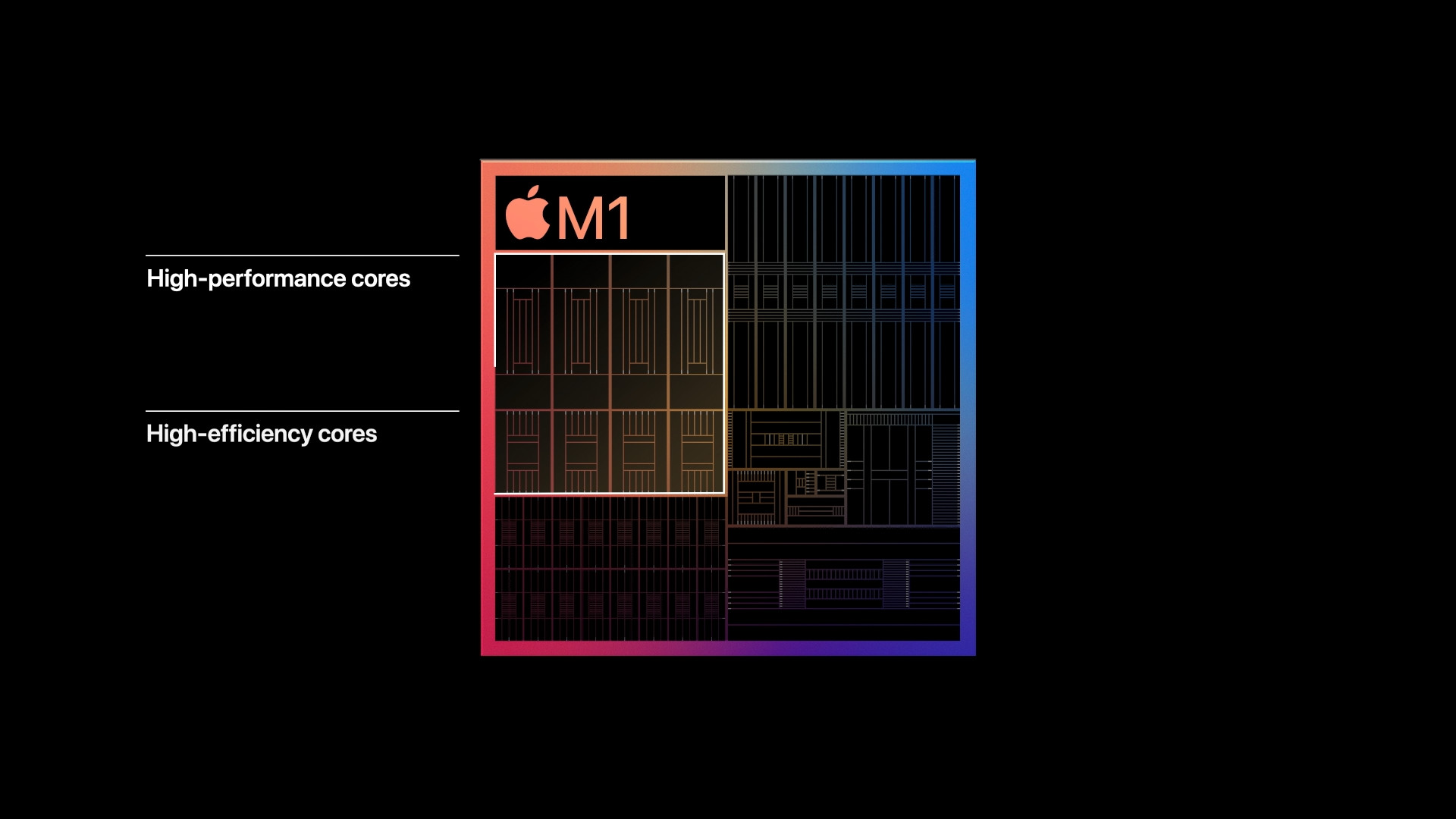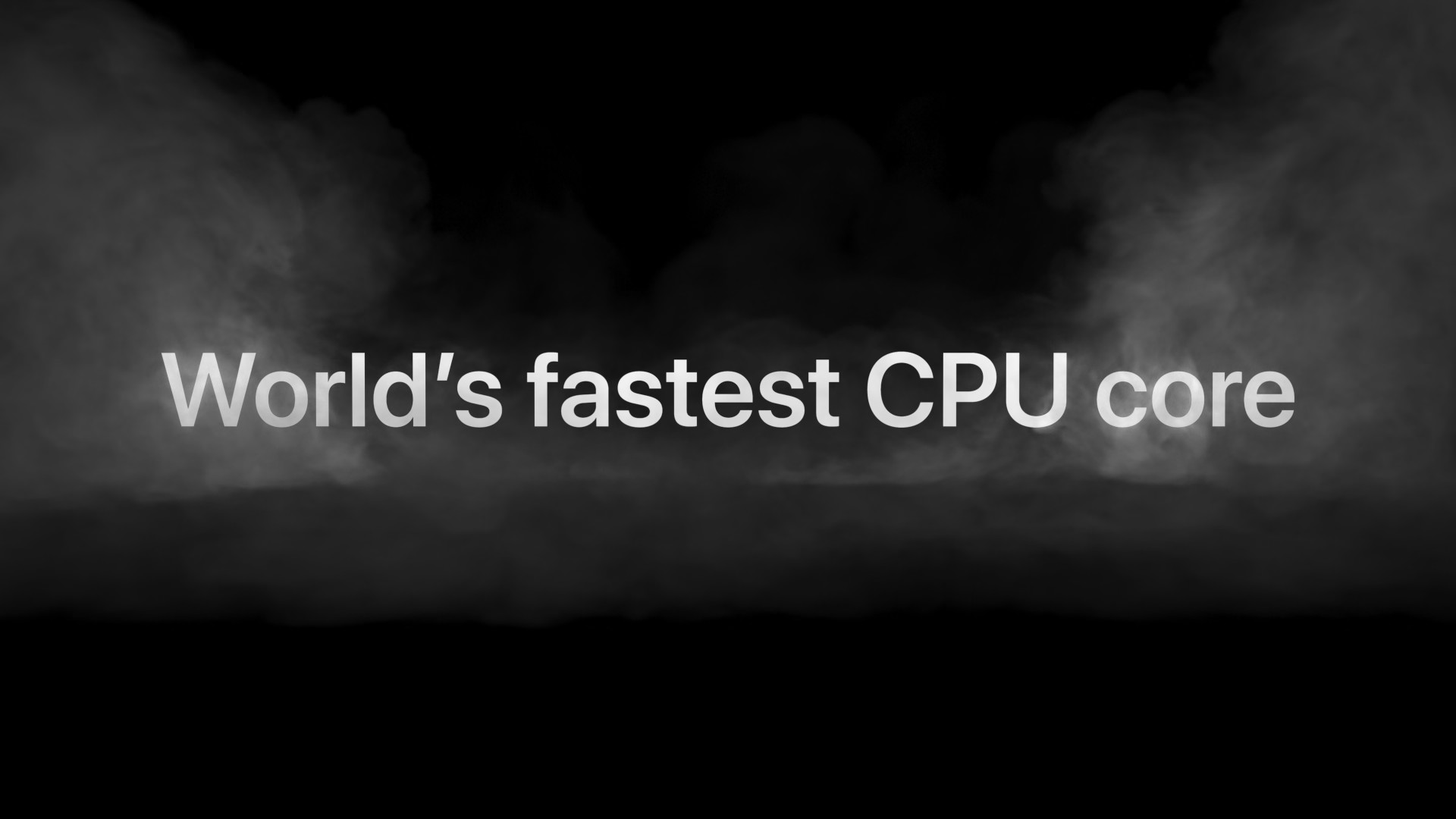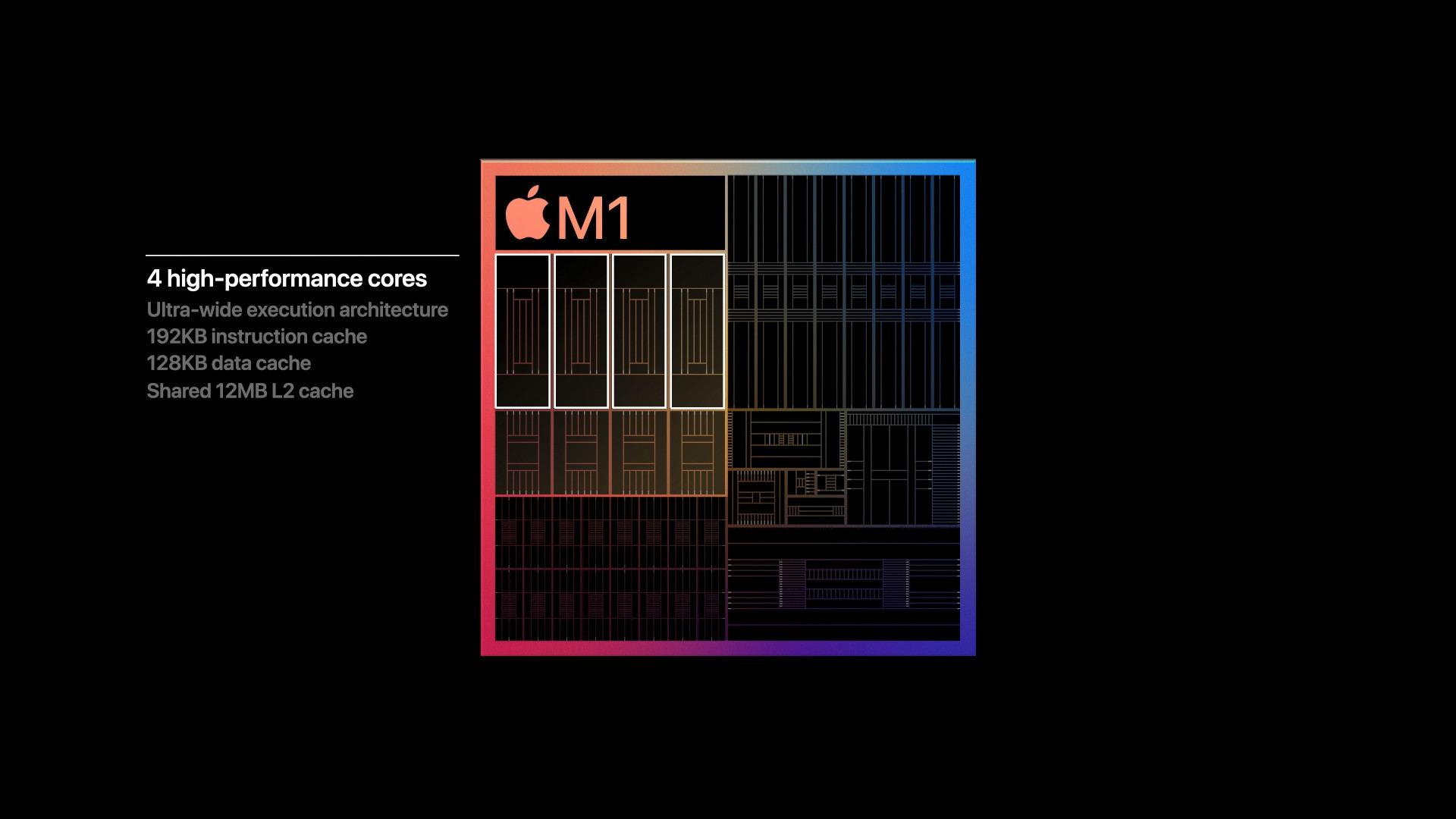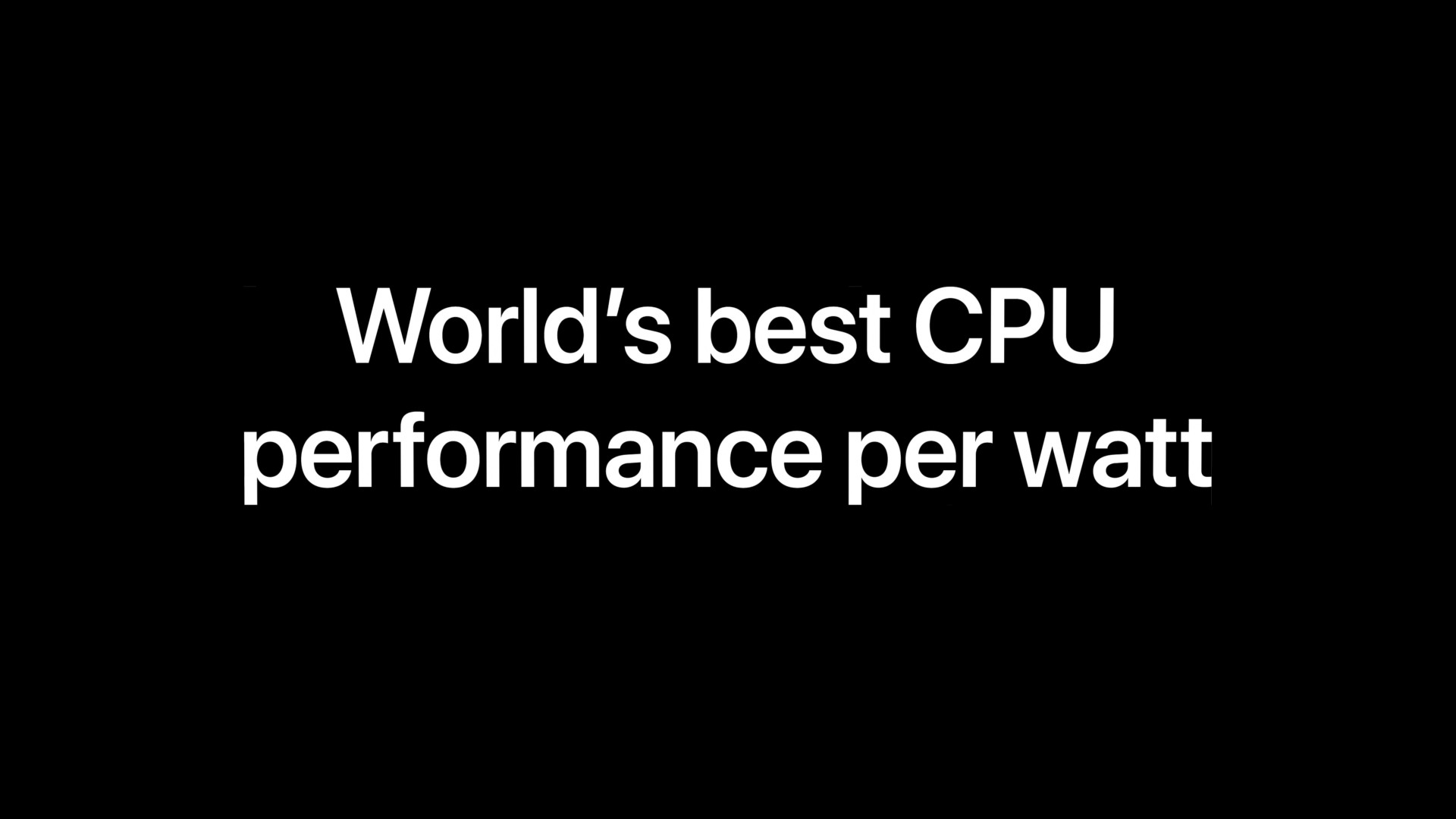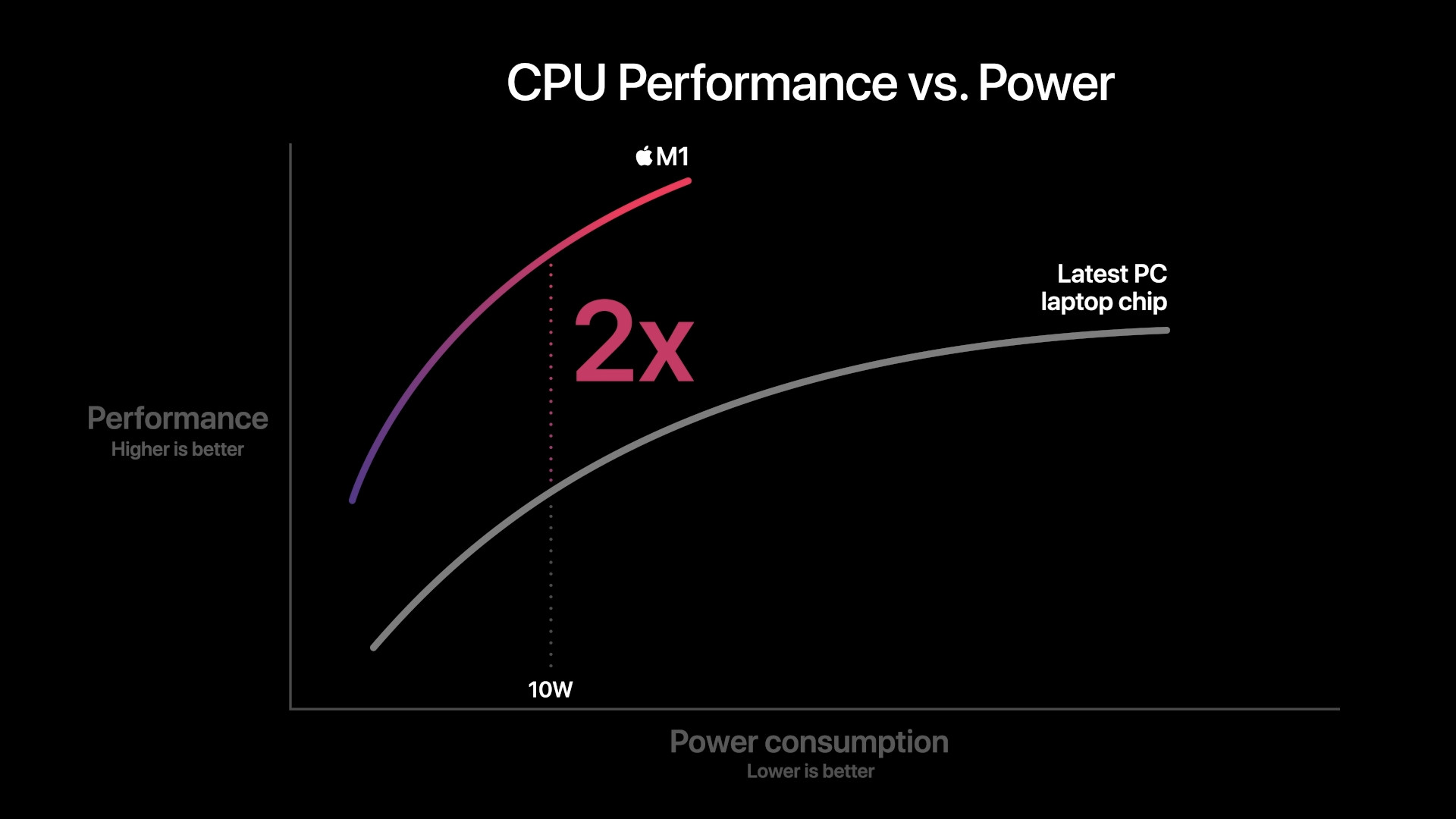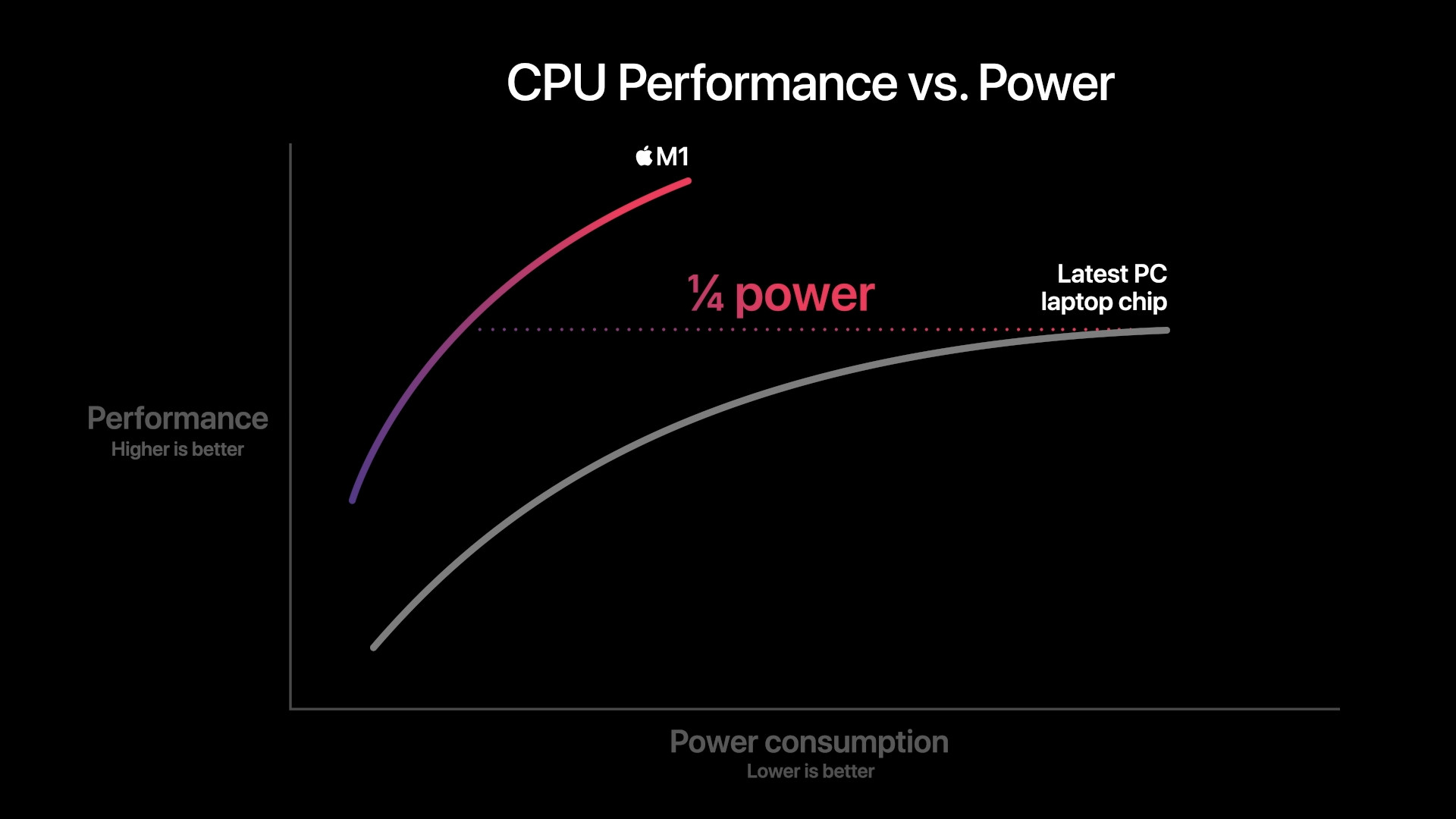When Apple introduced Apple Silicon last year, i.e. the transition from Intel processors to its own chips for Macs, which are built on the ARM architecture, it was able to amaze many Apple fans. But some considered this step unfortunate and criticized the fact that computers equipped with this chip will not be able to virtualize Windows and other operating systems. Although Windows is still not available, the days are not over. After months of testing, the Linux operating system will officially look at Macs with the M1, because Linux Kernel 5.13 it gets support for the M1 chip.
Recall the introduction of the M1 chip:
The new version of the kernel, named 5.13, brings native support for devices with various chips that are based on the ARM architecture, including the M1 from Apple, of course. But what exactly does that mean? Thanks to this, Apple users using last year's MacBook Air, Mac mini and 13″ MacBook Pro, or this year's 24″ iMac will be able to run the Linux operating system natively. Already in the past, this OS managed to virtualize quite well, and a port from Corellium. Neither of these two variants was able to offer 100% use of the potential of the M1 chip.
It could be interest you

At the same time, however, it is necessary to draw attention to a relatively important fact. Getting the operating system onto a new platform is not an easy task, and in short, it is a long shot. The Phoronix portal therefore points out that even Linux 5.13 is not so-called 100% and has its bugs. This is only the first "official" step. For example, GPU hardware acceleration and a number of other functions are missing. The arrival of full-fledged Linux on the new generation of Apple computers is still one step closer. Whether we will ever see Windows is unclear for now anyway.
